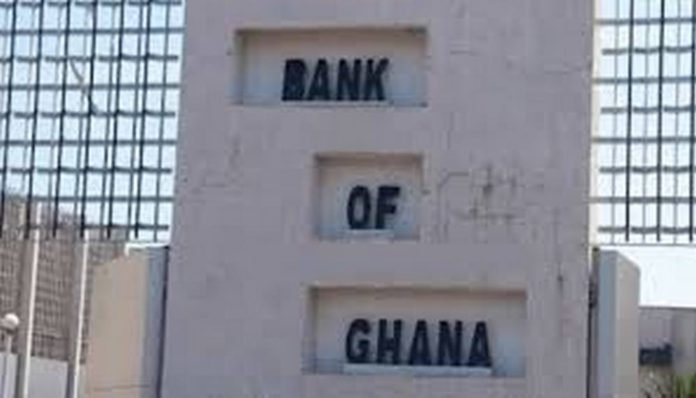
The Bank of Ghana has increased its policy rate by 2.5 percentage points to 27%, citing risks to inflation and exchange rate concerns as reasons.
This means cost of borrowing is expected to go up further but will depend on the risk profile of the customer. Customers who are credit-worthy may enjoy a slightly better rate than first-time borrowers or customers who are considered somehow risky.
“The inflation forecast shows that in the outlook, inflation will likely peak in the first quarter of 2023 and settle at around 25% by the end of 2023. This forecast is conditioned on the continued maintenance of a tight monetary policy stance and the deployment of tools to contain excess liquidity in the economy.
“There are, however, some risks to this forecast that would have to be monitored, including additional pressures from the proposed VAT increase, and exchange rate pressures. Continued vigilance to the evolution of these potential price pressures in the outlook will be key,” Dr Ernest Addison, Governor of the Bank of Ghana stated”.
He added “the Committee is of the view that significant upside risks to the inflation outlook remain. To continue to anchor inflation expectations, the Committee, therefore, decided to increase the policy rate by 250 basis points to 27.0%”.
Following the increase in the policy rate, consumer spending is expected to decline.
Already, average lending rate is 31.40%.
However, the average lending rate varies among the banks and the respective sectors that they lend to.
Some banks will offer loans equivalent to the Ghana Reference Rate of 27.44%, whilst others will charge rates as high as 40%.
Interest rates trend upwards
Interest rates on the money markets trended upwards across the spectrum of the yield curve, in line with the tightening of monetary policy stance.
At the short-end of the market, the 91-day and 182-day Treasury bill rates increased to 31.53% and 32.61% respectively, in October 2022, from 12.46% and 13.16% respectively, in the same period of 2021. Similarly, the rate on the 364-day bill increased to 32.32%, from 16.24% over the review period.
On the secondary market, rates on all bonds, from two-year through to 20-years, almost doubled over the one-year review period.




![Convert teacher allowances into loans – Franklin Cudjoe tells gov’t [Audio]](https://www.adomonline.com/wp-content/uploads/2019/10/Frankline-Cudjoe-218x150.jpg)

